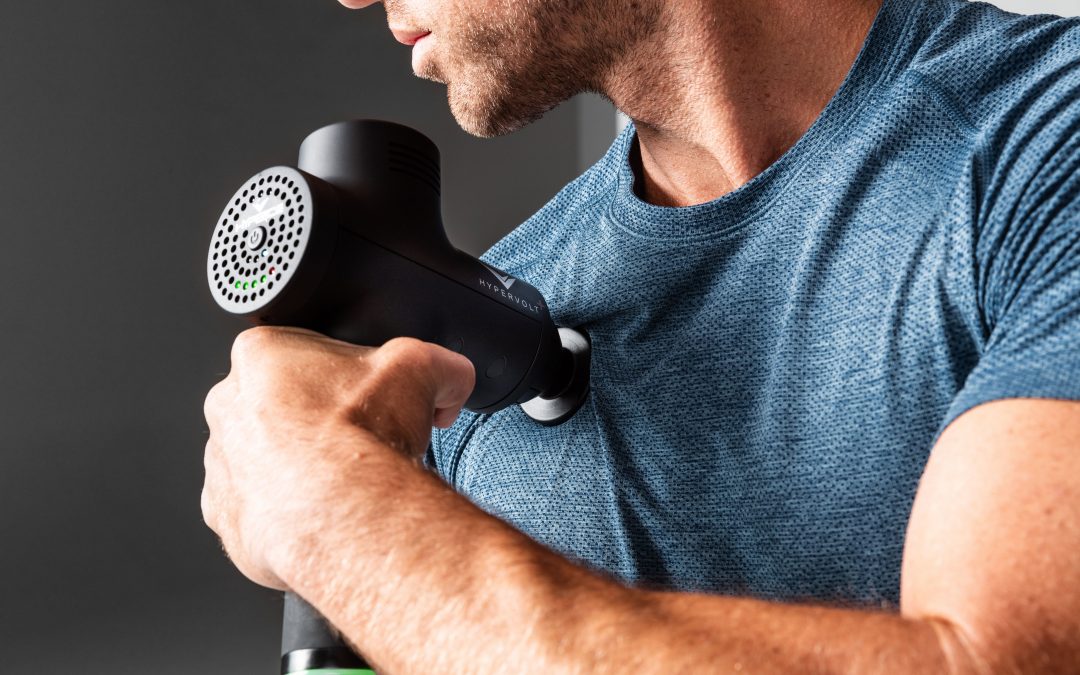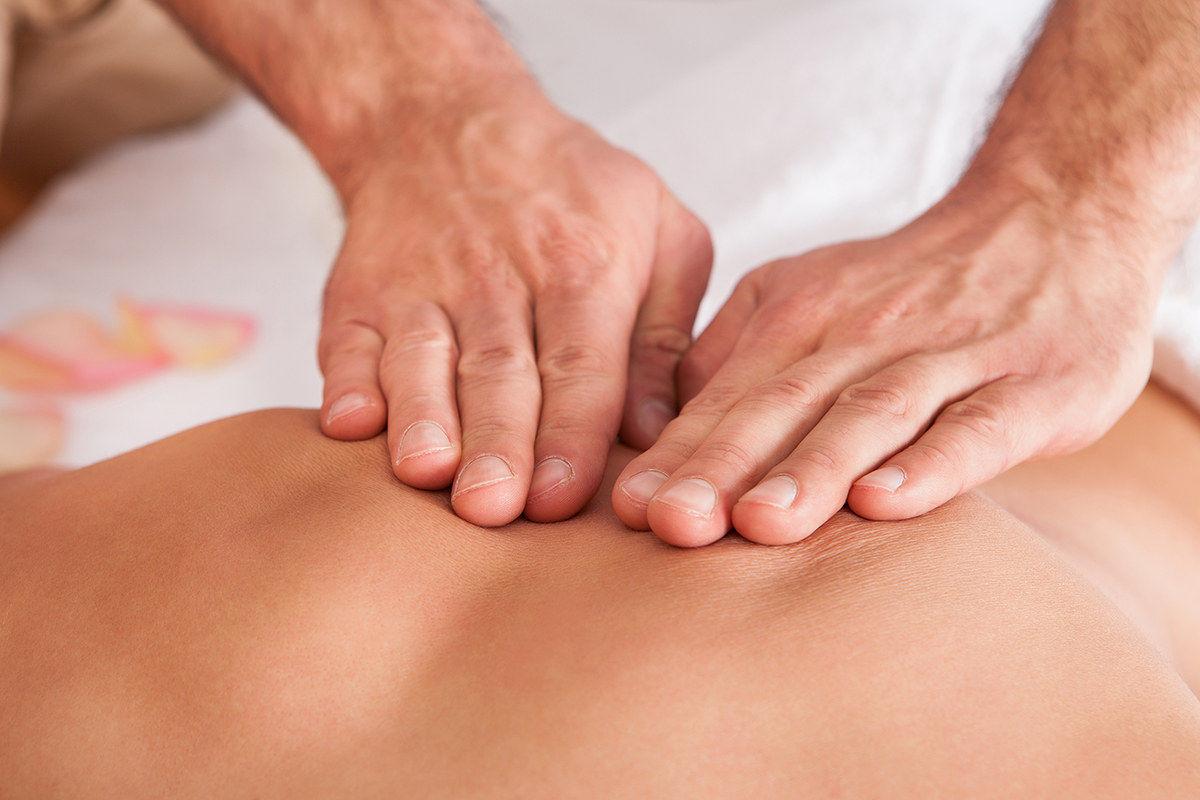Deep Tissue Massage vs. Other Recovery Methods – 3 Things to know

Deep tissue massage has become a popular choice for athletes and individuals looking to recover from intense physical activity. However, there are other recovery methods available that may also be effective in promoting muscle recovery and overall well-being. In this article, we will explore three key things to know when comparing deep tissue massage to other recovery methods.
From the benefits of each to how they work and the potential risks involved, understanding these differences can help you make an informed decision about which recovery method may be best for you. So, whether youre a seasoned athlete or simply someone interested in enhancing your recovery routine, read on to learn more about the differences between deep tissue massage and other methods to help you make the best choice for your body.
1. Understanding the Benefits of Deep Tissue Massage

Deep tissue massage is a type of massage therapy that focuses on realigning deeper layers of muscles and connective tissue. This can be especially beneficial for athletes or individuals with chronic pain or muscle tightness. By applying slow, firm pressure, a deep tissue massage can help break up scar tissue and adhesions, improve blood flow, and reduce inflammation.
Unlike other recovery methods, such as ice baths or stretching, deep tissue massage targets specific problem areas and can provide long-lasting relief. While it may be more intense than a traditional Swedish massage, the benefits of deep tissue massage can be well worth the temporary discomfort.
2. Comparing Deep Tissue Massage with Other Recovery Techniques

When comparing deep tissue massage with other recovery techniques, it is important to consider the specific benefits each method offers. While deep tissue massage targets the deeper layers of muscle tissue to address chronic tension and injuries, other techniques such as stretching or foam rolling may focus on improving flexibility and range of motion.
Additionally, deep tissue massage can also help with improving blood circulation and reducing inflammation, which can aid in speeding up the recovery process after intense physical activity. Understanding the differences between these recovery methods can help individuals choose the best approach for their specific needs and goals.
3. Incorporating Deep Tissue Massage into Your Recovery Routine

When looking to enhance your recovery routine, incorporating deep tissue massage can provide a unique and effective method for targeting muscle tightness and soreness. Unlike other recovery methods, deep tissue massage delves deep into the muscles to release tension and promote relaxation.
By including deep tissue massage into your routine, you can increase blood flow, improve flexibility, and aid in the overall recovery process. This hands-on approach can complement other strategies such as rest, proper nutrition, and hydration to support your bodys ability to heal and recover efficiently.
Whether you are an athlete looking to improve performance or someone seeking relief from chronic pain, deep tissue massage can be a valuable addition to your recovery toolbox.
Conclusion
In conclusion, understanding the differences between deep tissue massage and other recovery methods is crucial for athletes and individuals looking to improve their physical well-being.
While deep tissue massage can provide targeted relief for muscle tension and pain, it is important to consider the individuals needs and preferences when choosing a recovery method. Incorporating body massagers can also be a beneficial addition to a recovery routine, offering convenience and versatility. By being informed about these options, individuals can make informed decisions to support their overall physical health and well-being.





